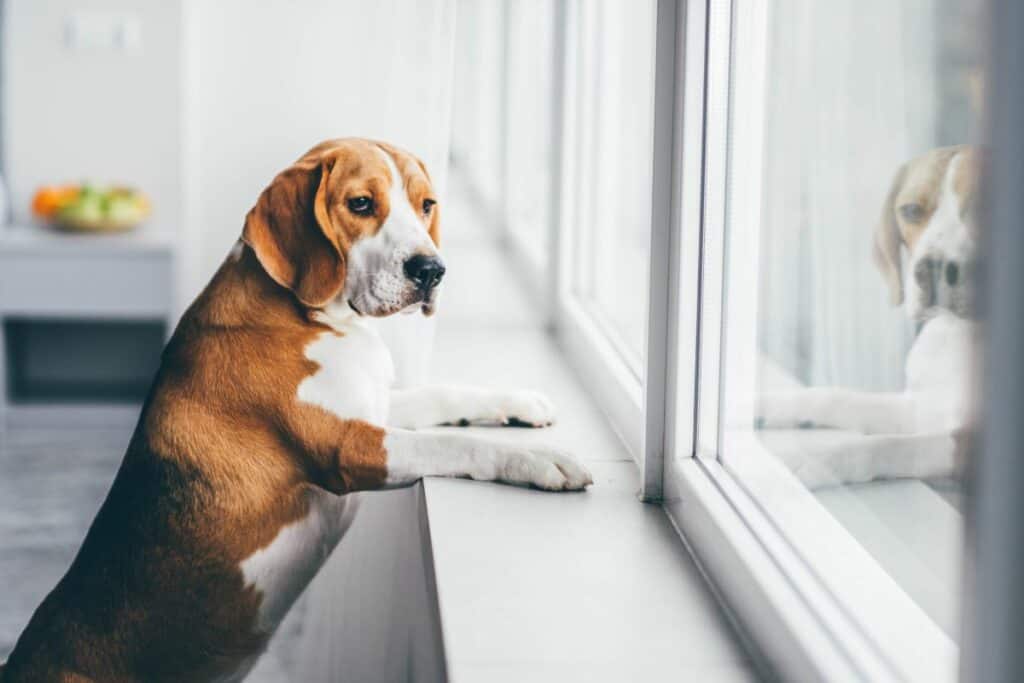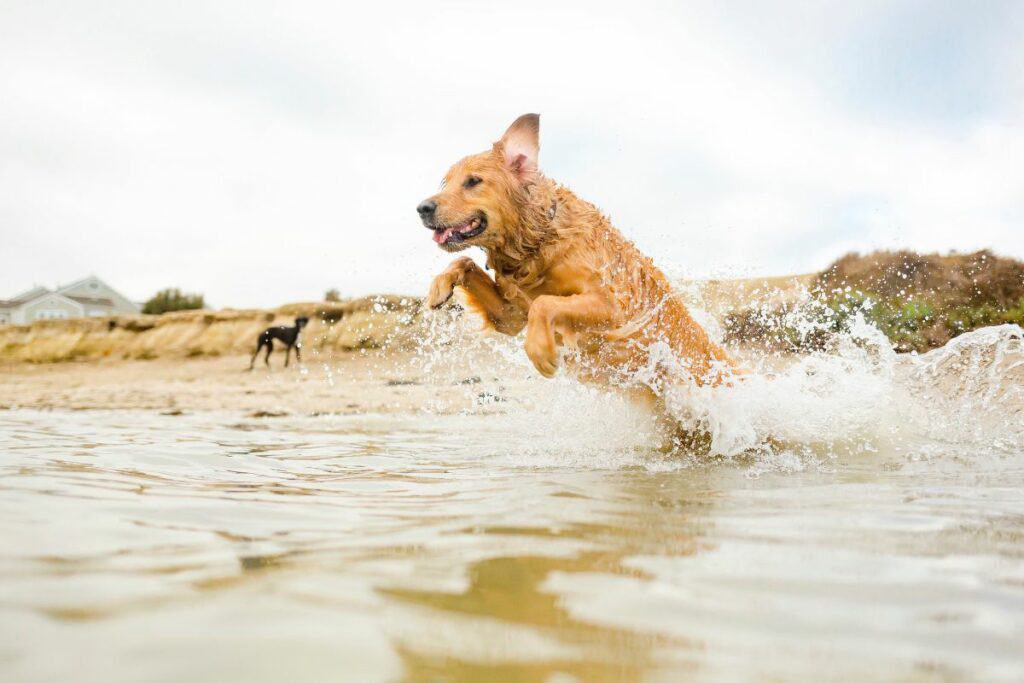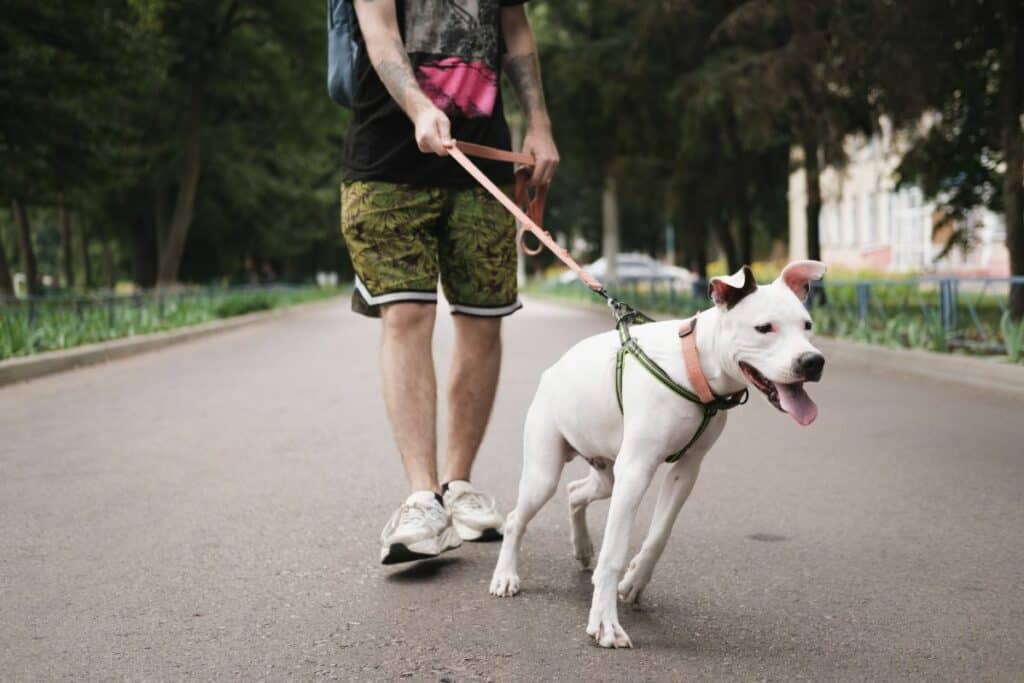When it comes to training and raising dogs, two concepts that we often discuss at The Academy of Pet Careers are socialization and habituation. Both are crucial for developing a well-rounded, confident dog, but they are very different concepts.
Socialization involves exposing your puppy in a controlled setting to a variety of experiences, people, animals, sounds and smells to foster adaptability and prevent fearfulness. Habituation, on the other hand, is a passive process that allows dogs to ignore neutral stimuli that are frequent in their environment, such as footsteps or the A/C kicking on. Understanding the differences and synergies between these two can improve your understanding of how your dog interacts with the world.
Understanding Socialization
Socialization is not just about meeting new people and dogs; it’s about creating positive experiences around new interactions and environments. At our academy, we emphasize puppy socialization as a foundational aspect of behavioral development. This process is vital as it helps prevent many common behavioral issues such as aggression and anxiety.
Key socialization targets include:
- People: Introducing your puppy to people of all ages, sizes, and ethnicities.
- Animals: Safe interactions with other dogs and species.
- Environments: Exposure to various settings like parks, urban streets, and pet-friendly stores.
- Sounds: Familiarizing them with different noises such as traffic, clapping, or children playing.
Effective socialization involves controlled exposure where the puppy feels safe and secure. This can be achieved through puppy classes and structured play dates found at most dog training facilities. It’s a misconception that socialization is only about exposure; the quality and positivity of the experience are what truly matter.
Understanding Habituation
Habituation is the process through which a dog becomes accustomed to a neutral stimulus by repeated exposure until the stimulus elicits no response—essentially, the dog becomes "nose blind" to it. This happens naturally for dogs, just as it does for people.
Common examples of habituation in dogs include:
- Sounds of cars as they drive by.
- Smell of perfume on their owner.
- Sights and sounds on a television.
- Noises of children playing
- The hum of a refrigerator.
None of these things typically trigger an emotional response in a dog. With repeat exposure, and a neutral outcome, the dog will simply learn to ignore it. On the other hand, if any of these examples were paired with a negative or positive emotional response, the dog would not habituate.
For example, if the sound of a car driving by usually means their owner is home from work, this could elicit a positive response and condition the dog to run to the window. Or if the loud screams of playing kids was a precursor to the dog getting stepped on, it would create a negative emotional response.
Comparing Socialization and Habituation
While both processes aim to make a dog comfortable and well-adjusted, socialization is a proactive approach focused on building positive associations and habituation is a natural process that acclimates dogs through frequent exposure to neutral stimuli. They are complementary but different.
How to Leverage Both Approaches
While there isn’t much you can do to habituate a dog, you can focus on creating positive experiences through a solid socialization plan. As your dog becomes more confident and less reactive, habituation will naturally occur more because they will be less likely to elicit an emotional response to new experiences.
Learn more about how to create a comprehensive socialization plan and download our puppy socialization checklist to stay on track with your socialization goals.
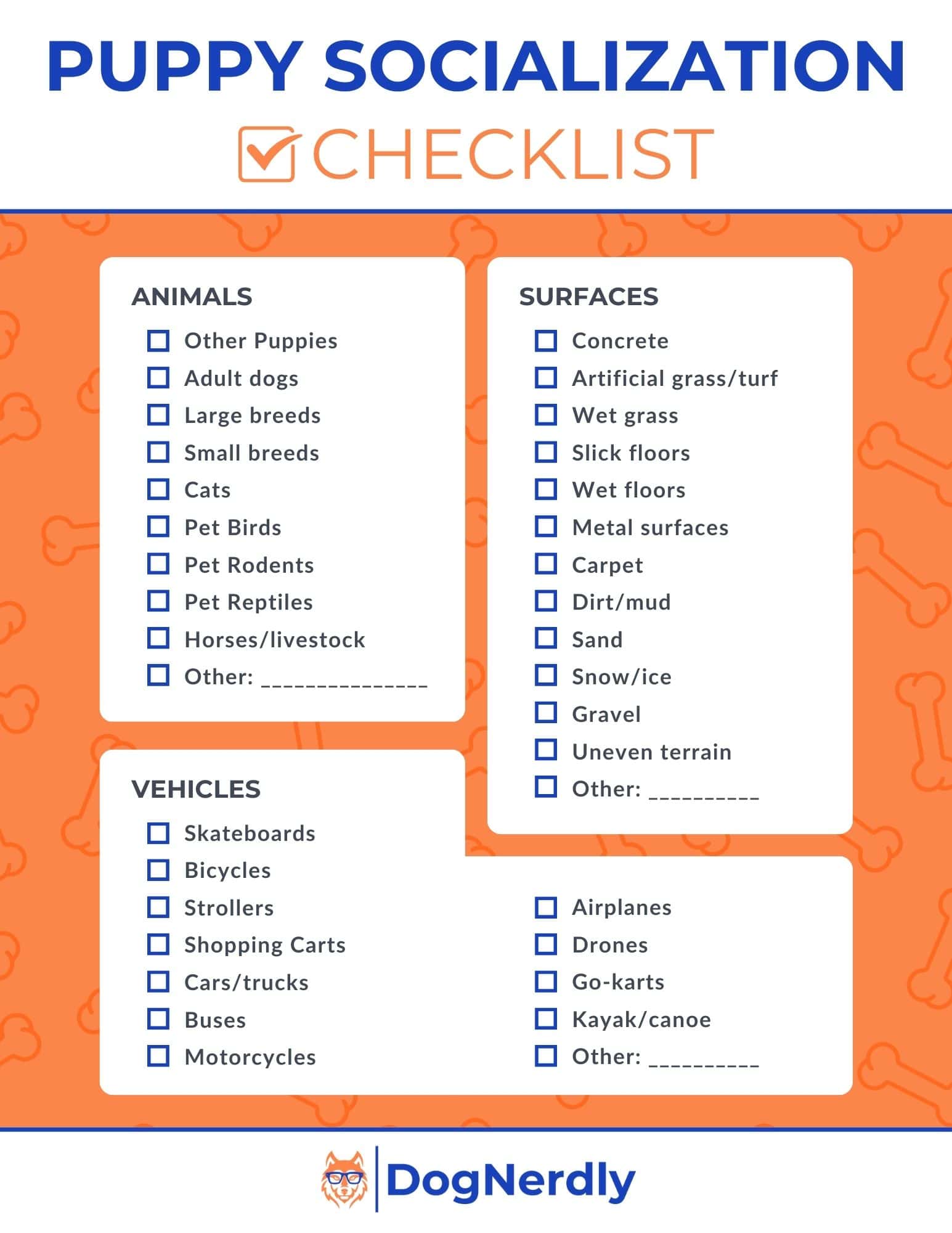
Get Your Free Copy!
Build a lifetime of confidence in your puppy with our comprehensive Puppy Socialization Checklist. This 5 page guide includes tips and tricks to maximize your efforts and 100+ items to introduce to your dog.
By submitting, you permit DogNerdly to send you promotional materials via email.
Key Takeaways
Understanding the distinctions between socialization and habituation is fundamental for raising a confident and well-adjusted dog. Together, these strategies form a comprehensive approach to canine training that enhances a dog's ability to thrive in diverse environments.
As the president of The Academy of Pet Careers, I encourage all dog owners and trainers to invest time in both socializing their dogs. Start as early as possible and maintain consistency in your training routines. If you're unsure about how to proceed, consider enrolling in a professional training course or seeking advice from experts. Remember, the effort you put into training your dog today will pay off manifold in the future, resulting in a happier, more stable companion.
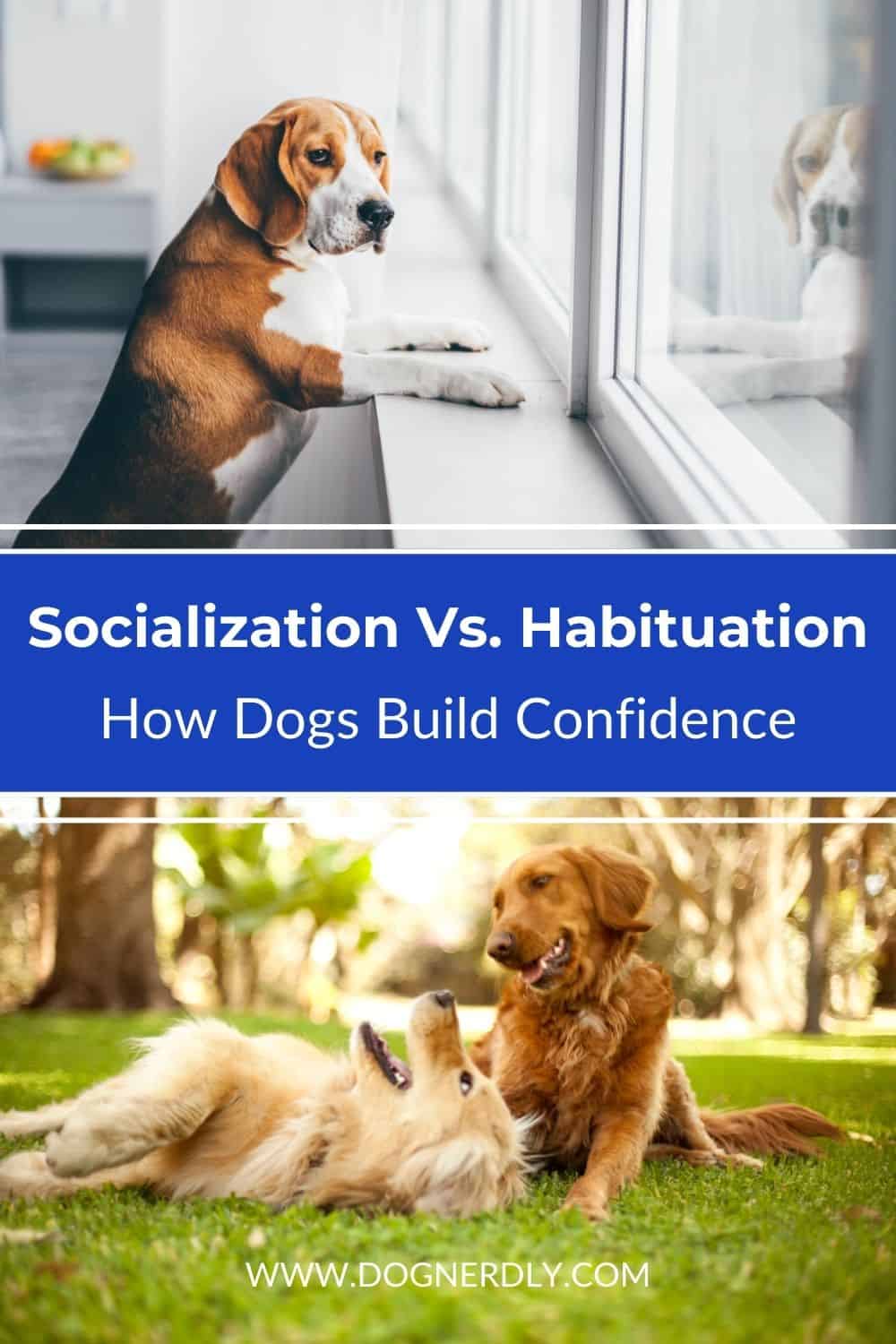
Joseph Schifano is the President of The Academy of Pet Careers and Founder of DogNerdly.
With over 20 years of professional pet experience, Joseph got his start as an owner/operator of a 7-figure, all-inclusive pet care business. From there, he purchased The Academy of Pet Careers with a hopes of improving the quality of care provided by industry professionals. This role allowed Joseph to rub shoulders with some of the biggest names in the industry, and gain knowledge in every aspect of pet care.
After witnessing the popularity of social media influencers and the amount of misinformation being taught to pet parents, Joseph decided to create DogNerdly. The goal was to provide science-backed education for the average dog nerd in order to create a world where dogs and humans can live a more harmonious and empowered lifestyle.
